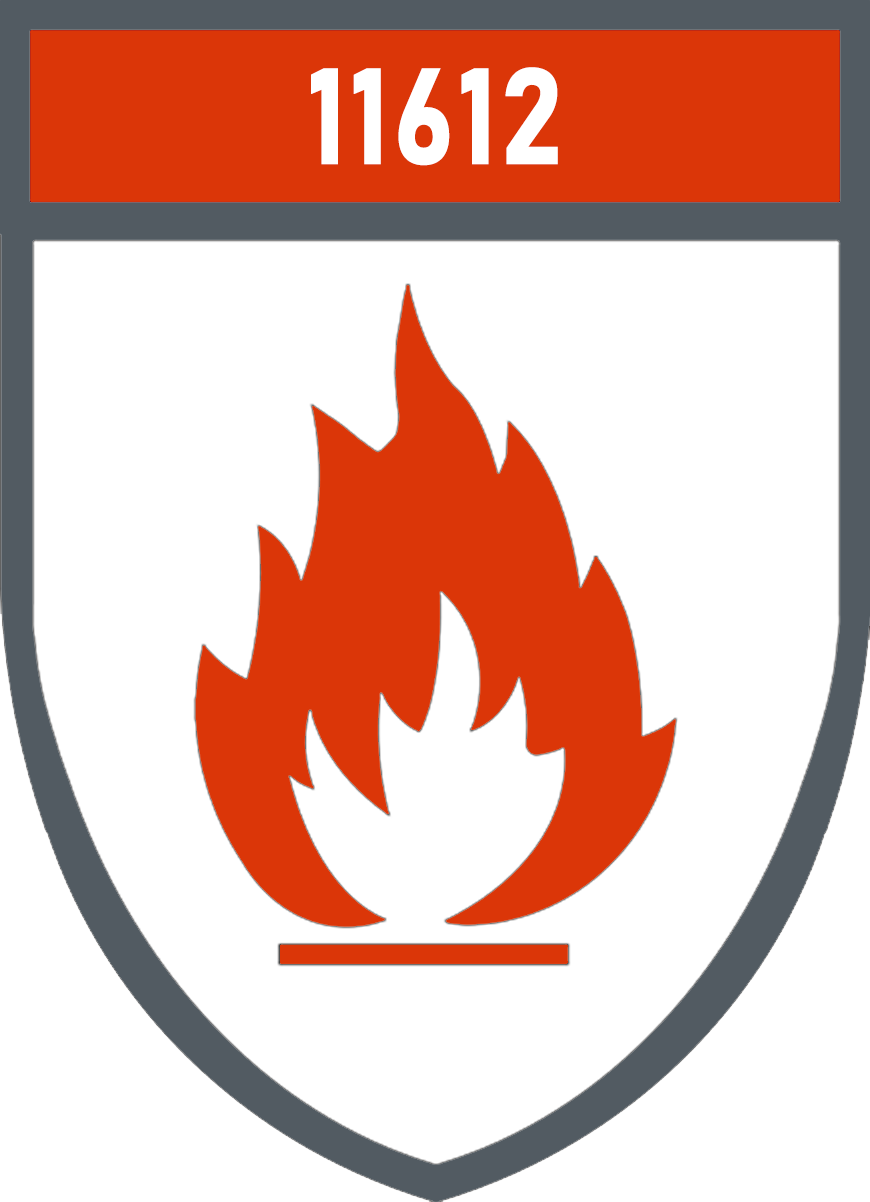-
CATALOGS
KEY ACCOUNTS
-
-
Click for more products.
No products were found.

Category 2 PPE: significant risks (if index A/B = 1 or 2 and C/D/E/F = 0 or 1).
OR
Category 3 PPE: lethal risks (if index B = 3 or C/D/E/F = 2 or higher).
This protection protects against brief and accidental contact with flames, convective heat (from a flame), radiant heat (from a heated body) and small projections of molten metal in industrial activities.
Certain design requirements must be respected for this PPE: the jacket must overlap the trousers by at least 20 cm, all openings must be closed with a flap, no lapels are allowed, etc.
Tests are carried out on the fabric as well as on the accessories and seams; nothing must catch fire or melt (fastening systems are always tested to ensure that they still work).
The purpose of PPE is to act as a first line of defence against danger, and the wearer must be able to use this clothing to move away from danger and, if necessary, remove it quickly.
Seven performance characteristics are tested under EN ISO 11612:
For the ratings, the highest number is the best performance.
Depending on the level of performance protection, PPE will be classified as category 2 (significant risks) or 3 (fatal risks). PPE is classified as category 3 if it has at least one rating in this category.
Category 2 PPE Significant risks | Category 3 PPE Life-threatening risks | ||
| A1 and/or A2 | Flame spread (A1 = on face and A2 = on edge) | A1 and/or A2 | |
| B : 1 to 3 | Measurement of convective heat | B1- B2 | B3 |
| C : 1 to 4 | Radiant heat measurement | C1 | C2 to C4 |
| D : 1 to 3 | Splash resistance: cast aluminium | D1 | D2 to D3 |
| E : 1 to 3 | Resistance to splashes: molten iron | E1 | E2 to E3 |
| F : 1 to 3 | Contact heat | F1 | F2 to F3 |
Upon accidental contact with flame, the fire-retardant material transforms into carbon to delay and limit the spread of flame. The formation of this carbonised layer leads to a decrease in mechanical integrity. The carbonised layer crumbles either during subsequent wear or washing and may cause a hole. The fire-retardant properties are designed to prevent the flame from spreading, not to make the fabric incombustible. The garment therefore fulfils its role as a ‘first line of defence’!
CATALOGS
KEY ACCOUNTS
Please sign in first.
Sign in
Create a free account to save loved items.
Sign in